
Asus Ares II Review
Manufacturer: AsusUK Price (as reviewed): £1,194.95 (inc VAT)
US Price (as reviewed): Currently unavailable
In the hardware industry and particularly the graphics market, willy waving feats of engineering aren't difficult to find, and Asus is one of the biggest (sorry) culprits in this regard. Its Mars and Ares cards represent efforts to demonstrate the most that can be achieved on a single PCB with the relevant generation of hardware. Never one to be outdone, Asus has come up with the Ares II, an answer to the recent slew of unofficial Radeon HD 7990 6GB cards hitting the market, and a card with a claim to fastest in the world.
Simply put, the Ares II sports two overclocked and water-cooled AMD Radeon HD 7970 3GB GHz Edition GPUs on a single PCB. At an outrageous £1,200, it costs more than many people's entire rigs and is beyond even consideration for the overwhelming majority of us. Asus rates it as 13 per cent faster than a GeForce GTX 690 4GB, but its 50 per cent more expensive. While it's therefore a foregone conclusion that the Ares II is terrible value for money in terms of raw performance, Asus is clearly well aware of this. There's just 1,000 cards in production and Asus has outfitted us with two of them, making this more a show of power than a traditional review.
What the people who can actually afford £1,200 (or even £2,400) worth of graphics hardware are really paying for are bragging rights and exclusivity. This is apparent the moment you lay eyes upon the Ares II's packaging, as each comes inside its own cool metal briefcase with combination locks (that you annoyingly can't reset). Inside is the card alongside its full thickness single radiator which comes with a 120mm fan attached and another spare for push-pull configurations. Asus also provides a laser-etched brushed aluminium certificate of authenticity with your unit's production number inscribed.
Asus has applied a modest 50MHz overclock to the two GHz Edition GPUs on the Ares II, taking them to 1,050MHz, with a 1,100MHz boost clock. Meanwhile, the two 3GB sets of GDDR5 memory have been given a 10 per cent overclock from GHz Edition speeds. The Ares II's memory thus runs at 1.65GHz (6.6GHz effective) for a total memory bandwidth of 316.8GB/s per GPU.
Physically, the card is a beast. It's 300mm long and combined with its radiator and fans weighs a whopping 2.85kg, over 1kg more than Club3D's HD 7990 6GB. Most of its weight comes from its double slot die-cast metal body, or thermal armour as Asus names it. A thin black aluminium plate covers the back of the card, while a thicker etched aluminium plate covers the front side, which extends the card's height such that it essentially becomes triple slot.
Asus has sought the expertise of Asetek for the closed loop water-cooling solution the Ares II employs. A single baseplate is secured to each GPU, with cool water running first through the one nearest the rear I/O, onto the second and eventually back to the radiator through the thick but flexible rubber tubing. Both the backplate and metal body of the Ares II have thermal padding above the memory and VRMs, and a single 80mm fan on the card itself helps provide airflow to these vital components too.
Disassembling the Ares II reveals an unsurprisingly crowded PCB with the two GPUs surrounded by twelve 256MB Hynix memory modules on the front side and an equal amount on the rear. Bridging the two GPUs is a PLX 48 lane PCI-E switch, which grants each GPU potential access to the full 16 lanes of the card's PCI-E connection, although this is only likely to be helpful in situations with heavy single GPU usage. The card also has four DisplayPorts, a single-link DVI and a dual-link DVI. Eyefinity support up to six screens comes as standard, with a BIOS switch next to the single CrossFire connection used to switch to six-screen mode.
You'll need at least an 850W power supply for an Ares II, and each card requires three 8-pin connectors (adaptors are supplied), so for testing two of them together we've switched our regular test kit's PSU to a beefier model. Eight power phases are used for each GPU, and four more for the card's memory, for a total of 20+1 phase power. Asus also uses two of its Digi+ VRMs, which Asus claims enhances the card's overclocking capabilities.
Specifications
- Graphics processor 2 x AMD Radeon HD 7970 3GB GHz Edition; 1,050MHz (boosting to 1,100MHz)
- Pipeline 2 x 2,048 stream processors, 2 x 128 texture units, 2 x 32 ROPs
- Memory 2 x 3GB GDDR5, 6.6GHz effective
- Bandwidth 2 x 316.8GB/sec, 2 x 384-bit interface
- Compatibility Direct X 11.1, OpenGL 4.2
- Outputs/Inputs 1 x DVI-I, 1 x DVI-D, 4 x DisplayPort
- Power connections 3 x 8-pin PCI-E, top mounted
- Size 300mm, triple slot
- Warranty Three years

MSI MPG Velox 100R Chassis Review
October 14 2021 | 15:04

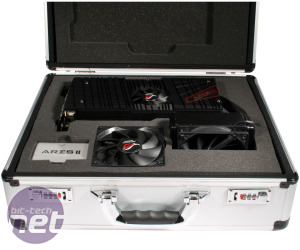
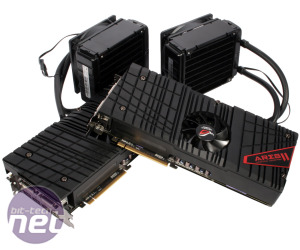

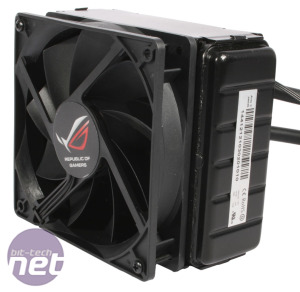
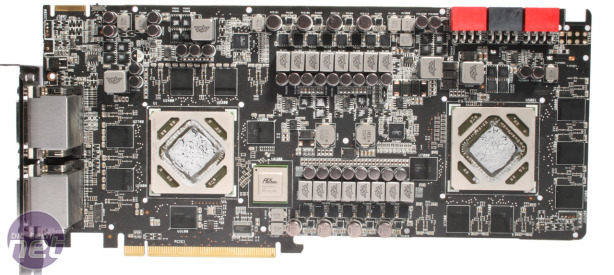
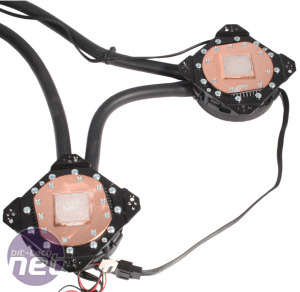
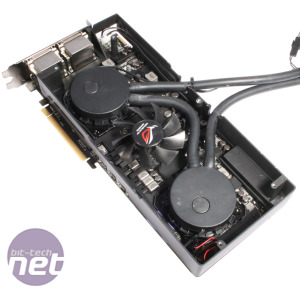







Want to comment? Please log in.